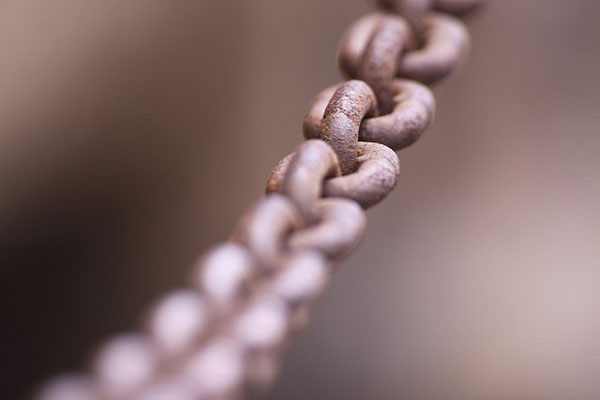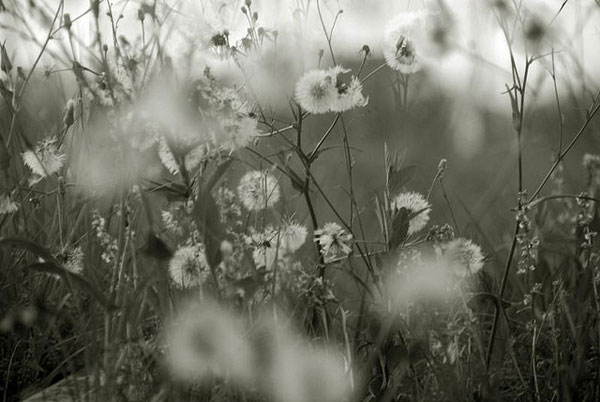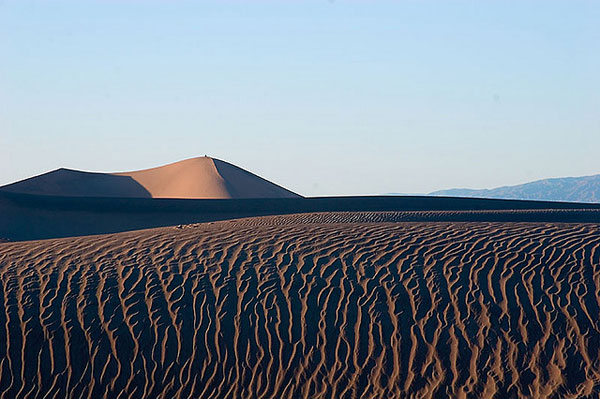The Impact of Depth of Field in Your Shots
One of the most ignored, yet useful tools in photography is depth of field. It serves many purposes, all of which can make your shot more appealing. Simply put, depth of field is the distance of the image area that remains relatively sharp. Depth of field can be “shallow” or “deep” depending on how much of the area is clear and defined.
How Depth of Field is Determined
Aperture, or the size of your lens opening, is one of the major elements in controlling depth of field and light:
Larger aperture size = smaller number (such as f/2.8) = shallower depth of field = more light passes through the lens
Smaller aperture size = bigger number (such as f/11) = deeper depth of field = less light passes through the lens

Photo by Blyzz
Focal distance, or the distance from the lens to its point of focus, also determines depth of field. If your lens is close to your subject, the area that is in focus becomes narrower compared to when the subject is farther away.
Knowing how depth of field is controlled can help you to use it in creative ways when composing your subject or scene. It can also be used effectively to guide viewers where you want them to look.
Depth of Field Helps to Isolate the Subject
A shallow depth of field is perfect for making your subject stand out from a busy background. Place your subject in the small area that is in focus. Keep the background from overpowering your subject by keeping it in the blurry area.

Photo by bi_plus_one
Depth of Field Helps Create Atmosphere and Dimension
Not everything in your shots has to be sharp and defined all the time. Sometimes, selective focusing using depth of field can add mystery and mood to an otherwise ordinary scene. Also, depth of field can make objects seem closer or more distant than others even though the photo is flat in reality. It can give the illusion of depth and a 3D appeal.

Photo by faungg
A Deep Depth of Field Can Capture Lots of Detail
This landscape shot of Death Valley is a great example of how focal distance and aperture can be used to capture overall clarity and sharpness, from the sandy dunes in the foreground to the shadowy mountains in the background. The camera lens is a distance away even from the dunes and the aperture used was f/13.

Photo by ericogan
Depth of Field Can Be Used to Help Create a Story
Usually, the clearest and sharpest object in the photo is also the most important and most likely to be the subject. However, the area that is left out of focus can be just as powerful and can play an important role in your composition. The depth of field in this shot effectively isolates the toddler, making him the subject and not the blurry girl in the background. If both people were in focus, they would be vying each other for the viewer’s attention. Yet, the girl who is out of focus is recognizably wearing a uniform and carrying a backpack. The scene leads us to wonder many things: if she is on her way to school, if she and the toddler are siblings, if he is trying to follow her, if she will stop and turn around, etc. We begin to imagine a story.

Photo by D Sharon Pruitt
The next time you shoot, try playing with the aperture and the focal distance and experiment with depth of field. You would be surprised at how versatile it is and how it can add visual appeal to your photos.




Hi there,
can i do this focus with normal Cam ? Panasonic Lumix DMC-FS7